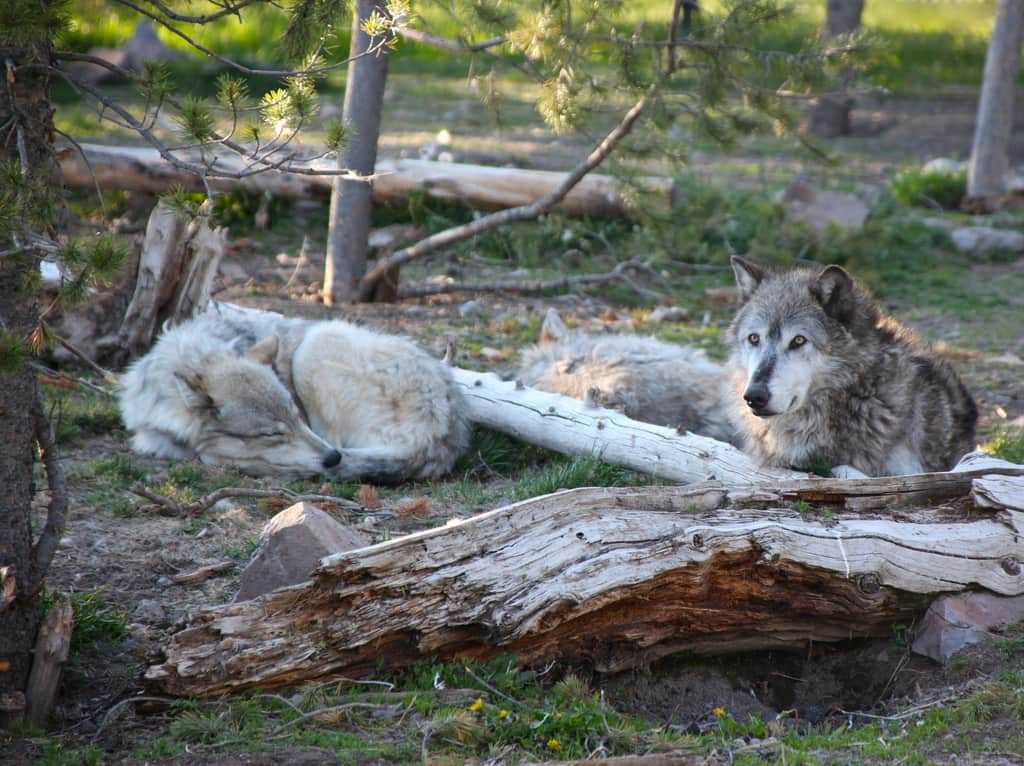USFWS Pushes Forward with Gray Wolf Delisting
OutdoorHub Reporters 10.02.13

Fewer conservation issues are as controversial and polarizing as the protection status of gray wolves, but the U.S. Fish and Wildlife Service (USFWS) is continuing its efforts to return control of the species back to states. The current shutdown of the federal government may have closed the wildlife agency’s offices, but it has not changed the USFWS’ drive to delist gray wolves from the list of endangered and threatened species. Control of gray wolves in the Great Lakes and Northern Rocky Mountain regions has already been returned to state agencies, but doing so for the rest of the country is a bit more complicated.
Recovery goals set for regions where the species has already been delisted have been met, with wolf numbers exceeding some targets by as much as 300 percent. States such as Minnesota, Idaho, Montana, Wyoming, Wisconsin, and Michigan hold or are in the process of setting up management hunts to control an increasing wolf population. These reintroduced predators often come into conflict with ranchers and rural residents. Wolves can pose a threat to livestock, domestic animals, and although attacks on humans are rare, many living in wolf territory say they are uncomfortable with their proximity to wolves.
Other states, however, do not hold large populations of wolves. Opponents of national delisting say that the species has only been returned to a fraction of their native range. According to Science Magazine, the USFWS drew heat earlier this month when it excluded several scientists from an expert panel, which opponents say was motivated by their anti-delisting views. The panel was to be a part of an accelerated peer review of the federal delisting proposal. Although the review is being conducted by a private independent firm, the USFWS retains control over which scientists are selected for the panel. In an effort to bolster public confidence, the USFWS announced earlier this week that a new independent panel will be chosen for the peer review process. In addition, the agency will be extending the original 90-day public comment period to October 28.
The USFWS, along with numerous conservation organizations around the country, say that the gray wolf has significantly recovered to the point where the species no longer needs federal protection. Current estimates put 7,000 to 11,000 animals in Alaska and roughly 6,100 in the Lower 48 states. It is a number that USFWS biologists say they are happy with, but opponents believe more time on the endangered species list would help entrench the wolves and perhaps reclaim a little bit more of their former territory. However, USFWS Service Director Dan Ashe tells the Associated Press that it was not the agency’s goal to restore the gray wolf to all of its previous range, but simply to keep it from extinction.
“Recovery of the wolf is one of the greatest conservation success stories in the history of our nation […] a poster child of what we can achieve through the protections of the Endangered Species Act even for our most imperiled species,” Ashe said.
Ashe believes that the gray wolf population is well established and stable enough to warrant delisting. The move is welcomed by many state wildlife officials, who are eager to take back the reigns of animals within their own borders.
The USFWS will be turning over the peer review process to the National Center for Ecological Analysis and Synthesis. Because of the government shutdown, public hearings are temporarily closed until further notice.

